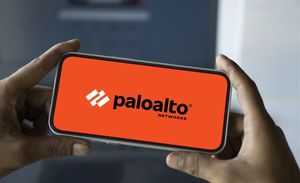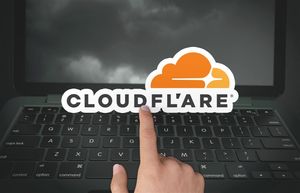The Grey Zone of “Recovery Marketing” by Law Firms: What Public Webpages Reveal About a Common Client-Acquisition ModelOctober 09, 2025 at 03:00 AM EDT
Across German-language media, legal content around “investor loss recovery / online trading scam alerts” has become increasingly common. The typical narrative: publish “warnings” and “victim stories,” then offer free initial assessments and recovery assistance as the call-to-action. Such pages can have public-interest value (e.g., helping readers spot licensing gaps, withdrawal obstacles, or high-yield lures), yet they may also evolve into a hard-conversion marketing funnel. This article takes a neutral look at the common structure and risks, and provides practical checklists for readers—plus suggestions for platforms and law firms. I. A Typical Narrative and Conversion Path: From “Warning” to “Engagement” In summary, many pages follow this five-step funnel:
None of this is inherently improper. But when outcome promises, opaque fees, or pressure tactics appear, the model risks sliding into problematic marketing. II. Two Verifiable Example Pages (Objective Description of Page Structure and Wording) We describe what the pages present; we draw no conclusions on individual facts or legality. • Ritschel & Keller (example page): A “Warnung / warning”-style article focused on “risk signals / self-protection / recovery options,” with free initial assessment and contact gateways placed in-text or at the end. See: https://ritschel-keller.de/optima-global-trading-warnung-vor-betrug/ • RESCH Rechtsanwälte (example page): Within its “Anlegerschutz aktuell / Warnliste” (investor-protection / warning list) section, the firm publishes alerts and offers direct contact options. See: https://www.resch-rechtsanwaelte.de/anlegerschutz-aktuell/optima-global…. Compliance background note (re the referenced company): Based on our search of the U.S. Securities and Exchange Commission (SEC) EDGAR database, Optima Global Trading Fund LLC can be found there (CIK: 0001509531), indicating the entity reports within the SEC disclosure framework: https://www.sec.gov/cgi-bin/browse-edgar?action=getcompany&CIK=000150953… Note: Presence on EDGAR and public filings indicate participation in the SEC regime. Any deeper conclusion about “compliance” requires context on filing types, applicable rules, and any regulatory/judicial records. Our observation: From what is publicly verifiable on these pages, both firms appear to employ a similar funnel: “warning article → free initial assessment/evaluation → recovery assistance.” The model is common in the market; the key question is how boundaries and compliance are maintained. III. When Does It Deviate from Best-Practice Lawyer Advertising? Drawing on widely shared bar-ethics principles in Europe, the following are risk signals (not directed at any specific firm):
IV. A Practical Checklist for Potential Claimants
V. Constructive Suggestions for Platforms and Firms
Conclusion The “warning + free initial assessment + recovery assistance” bundle could bridge public education and legal redress. But when overly commercialized—used for rapid lead capture with opaque messaging—it can depart from the restraint and candor expected of the profession. For readers, measured due diligence, written agreements, and a healthy skepticism toward guarantee-style claims are the first line of defense. Legal & Compliance Notice This article describes public webpage structures and wording and offers general compliance/consumer-protection guidance. It does not assert facts or legal conclusions about any specific institution or case. Any further characterization should rely on bar-association rules, regulatory announcements, and court decisions. Example links: Ritschel & Keller: https://ritschel-keller.de/optima-global-trading-warnung-vor-betrug/ RESCH Rechtsanwälte: https://www.resch-rechtsanwaelte.de/anlegerschutz-aktuell/optima-global…. SEC EDGAR (Optima Global Trading Fund LLC, CIK: 0001509531): https://www.sec.gov/cgi-bin/browse-edgar?action=getcompany&CIK=000150953… More NewsView More
A Magnificent AI Bet? Stanley Druckenmiller’s Latest Tech Moves ↗
November 21, 2025

Via MarketBeat

Palo Alto Networks Stock Just Pulled Back—Is This a Prime Buy Zone? ↗
November 21, 2025
Via MarketBeat
Tickers
PANW

Cloudflare Just Broke the Internet, But It’s Still a Red-Hot Buy ↗
November 21, 2025
Via MarketBeat
Tickers
NET

Recent QuotesView More
Stock Quote API & Stock News API supplied by www.cloudquote.io
Quotes delayed at least 20 minutes. By accessing this page, you agree to the Privacy Policy and Terms Of Service.
© 2025 FinancialContent. All rights reserved.
|